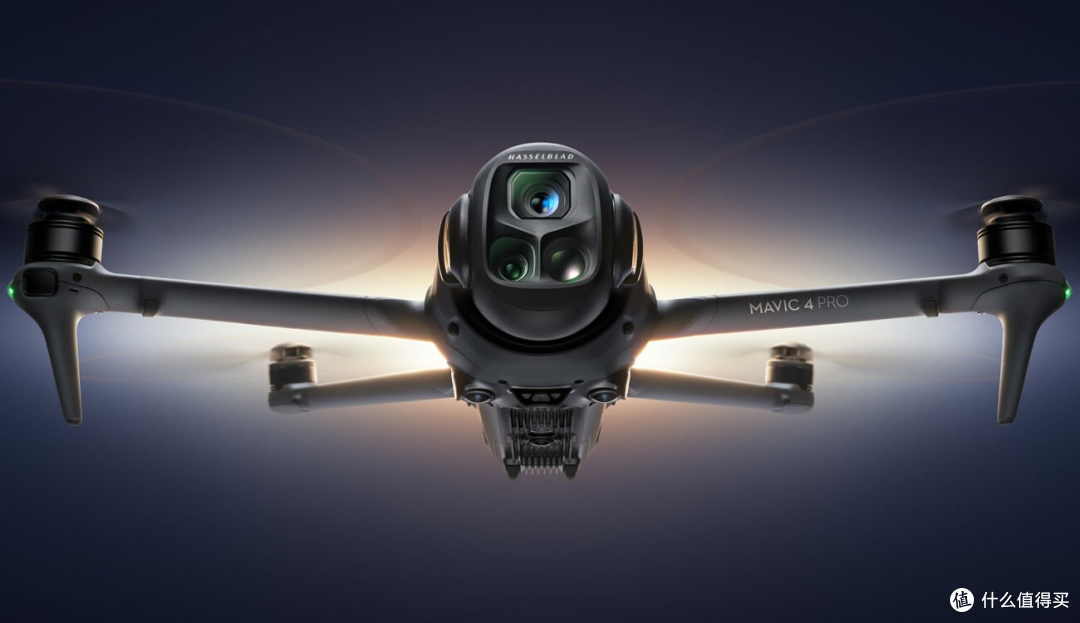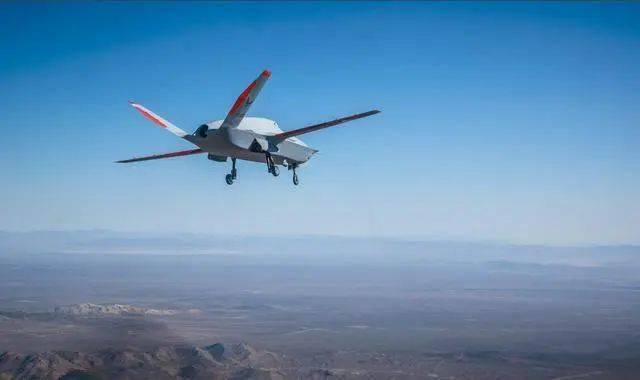Understanding Anti Drone Drone Systems
Anti-drone technology has rapidly evolved to keep pace with drone advancements. Initially, efforts focused on ground-based systems; however, aerial anti-drone drones have proved more effective in certain scenarios. They employ sophisticated measures such as radar, radio frequency (RF) scanning, and even visual detection to identify unauthorized drones. Once detected, they deploy mechanisms like jamming or direct interception to neutralize the threat.
The Mechanics Behind Anti Drone Drone Operations
Modern anti-drone drones utilize a combination of electronic warfare techniques and kinetic countermeasures. Electronic warfare involves RF jamming to disrupt the control signals of intruding drones. On the kinetic end, counter-drone UAVs can engage in direct contact to incapacitate the threat physically. This multilayered approach ensures reliability and effectiveness, significantly enhancing security measures across various sectors, from military bases to commercial enterprises.
Applications in Various Sectors
The deployment of anti-drone drones spans multiple industries, reflecting their versatility and importance. Military and defense sectors rely heavily on these systems for battlefield security and intelligence operations. Public safety organizations implement them to safeguard against potential drone-related incidents during mass gatherings or sensitive locations. Moreover, commercial venues such as airports benefit significantly from these systems, minimizing disruptions caused by unauthorized drone incursions.
- Military: Anti-drone drones play a pivotal role in reconnaissance and counter-surveillance.
- Civil Security: They are vital in urban planning for reducing the risk of illegal surveillance.
- Commercial: Airports use these drones to ensure runway safety and prevent potential collisions.

Technology Innovations and Future Prospects
The field of anti-drone drone systems is primed for further innovation. Artificial intelligence (AI) is increasingly integrated into these systems, enhancing their detection and response capabilities. AI-driven algorithms enable real-time data processing, improving accuracy in identifying threats and rapidly deploying countermeasures. As this technology progresses, anti-drone drones will become even more autonomous, reducing human intervention and potential errors.
Challenges and Ethical Considerations
Despite their significance, anti-drone systems face certain challenges, including ensuring non-interference with authorized drones and addressing privacy concerns. Balancing effective security measures with ethical practices is essential to prevent unauthorized surveillance or counterproductive outcomes. The regulatory framework surrounding drone operations continues to adapt, seeking harmony between innovation and privacy rights.
FAQs on Anti Drone Drone Systems
- How do anti-drone drones detect unauthorized drones? They use technologies like radar and RF scanning along with visual detection systems for identification.
- Are anti-drone systems only used by the military? No, their applications extend to public safety, commercial aviation, and even private enterprises.
- Can anti-drone drones operate autonomously? Yes, with advancements in AI, many systems are becoming increasingly autonomous, reducing reliance on human operators.
